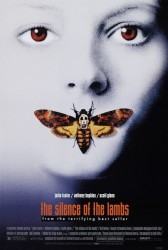 “The Silence of the Lambs” supplies all the anticipation of horror films like “Saw” and “Paranormal Activity.” However, the film does so in a much more intellectual manner. “The Silence of the Lambs” delivers a level of suspense unmatched by any other film through crime, psychological mind games and deranged serial killers. Director Jonathan Demme creates a picture that both intrigues the mind and sends shivers down the spines of its viewers.
“The Silence of the Lambs” supplies all the anticipation of horror films like “Saw” and “Paranormal Activity.” However, the film does so in a much more intellectual manner. “The Silence of the Lambs” delivers a level of suspense unmatched by any other film through crime, psychological mind games and deranged serial killers. Director Jonathan Demme creates a picture that both intrigues the mind and sends shivers down the spines of its viewers.
FBI trainee Clarice Starling (Jodie Foster) works under Jack Crawford (Scott Glenn), a man obsessed with capturing the anonymous serial killer nicknamed “Buffalo Bill.” Crawford realizes he can only depend on Starling to help him with the case, using the imprisoned cannibal Hannibal Lecter (Anthony Hopkins) as a means of obtaining information on the killer.
Upon his first encounter with Starling, Lecter mentally devastates the amateur agent through calm yet destructive verbal abuse, using clues that lead her on a trail back to Buffalo Bill (Ted Levine).
Starling and Lecter develop a relationship, swapping bits of information with one another. Lecter offers clues on Buffalo Bill only in exchange for details on Starling’s traumatic childhood and a transfer to an upgraded facility. Lecter quickly becomes an essential link in the Buffalo Bill chain, and he serves as Starling’s only hope to catch the killer.
The relationship between Lecter and Starling holds a certain value throughout the movie. Lecter almost seems to fall in love with Starling as he holds her hand through prison bars after exchanging paperwork. The dialogue becomes multi-dimensional, holding more than one meaning in the big picture, and it is essential to the growth of Clarice Starling as an FBI trainee.
Jonathan Demme is known for using camerawork that involves the character speaking directly to the camera, putting the audience in the place of the other character in conversation. Some scenes depict Lecter madly gazing at the audience. Others show Starling curiously staring deep into the audience. The method draws the audience into the picture and reinforces emotional attachment to the characters themselves.
A usual crime drama brings everything full circle at the end, but “The Silence of the Lambs” creatively weaves itself in-and-out of the plot before doing that. Demme makes sure the audience finds out plot twists at the same time the characters do. Not only does Lecter outsmart the FBI, but he outsmarts the viewers. The story is told from the perspective of Starling, so the audience experiences the crime from the perspective of an FBI trainee, creating gasping moments in the movie’s plot.
“The Silence of the Lambs” is as close to a perfect film as anyone can get. No other film makes the viewer seem like a character in the story as much as this one. As Clarice Starling tries to figure out Lecter’s puzzle, the viewer does the same thing. Lecter’s character comes to life and works his way into the audience’s mind, not just Clarice Starling’s.
Only three films have ever won the “Big Five” at the Academy Awards: Best Director, Best Screenplay, Best Actor, Best Actress and Best Picture. In 1992, “The Silence of the Lambs” joined “It Happened One Night” and “One Flew Over the Cuckoo’s Nest” as the only pictures to ever achieve the feat.
This classic provides a greater level of tension than any horror film known to our generation. Instead of giving the audience jump-scares, “The Silence of the Lambs” forces them to think. The entire film is a puzzle, and it is the viewer’s responsibility to try and figure it out along with the main character, making it a definite Netflix pick to check out this Halloween.
★★★★



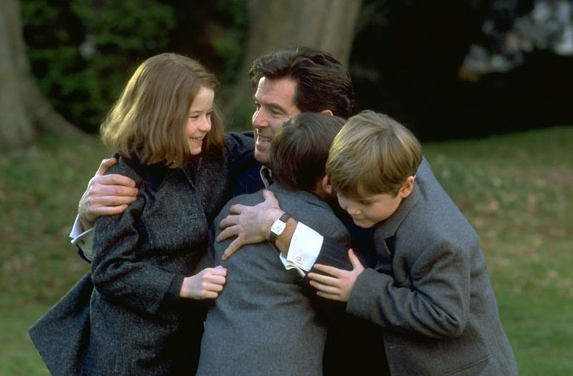

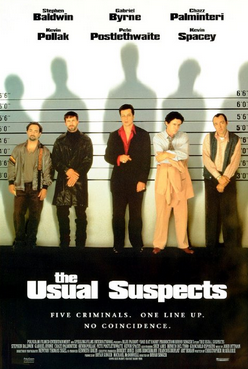


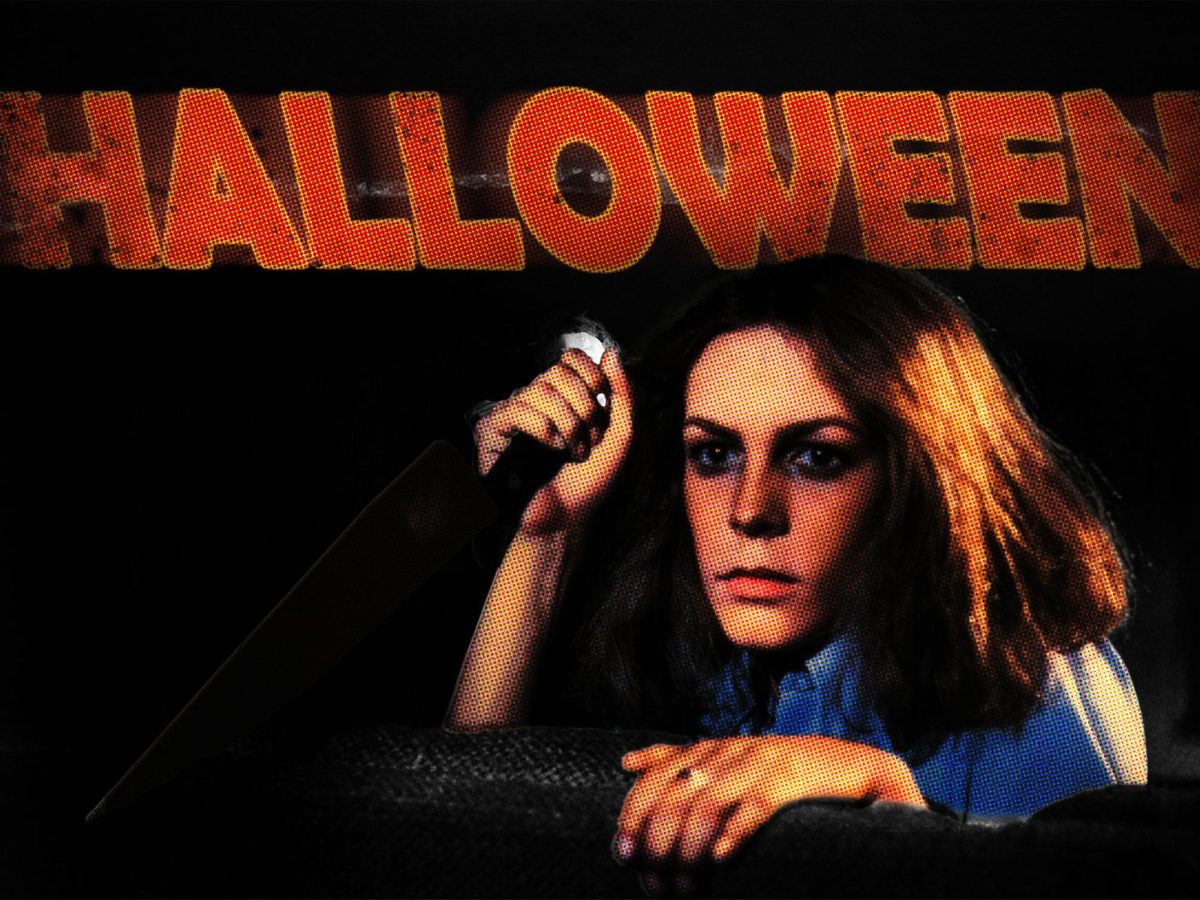


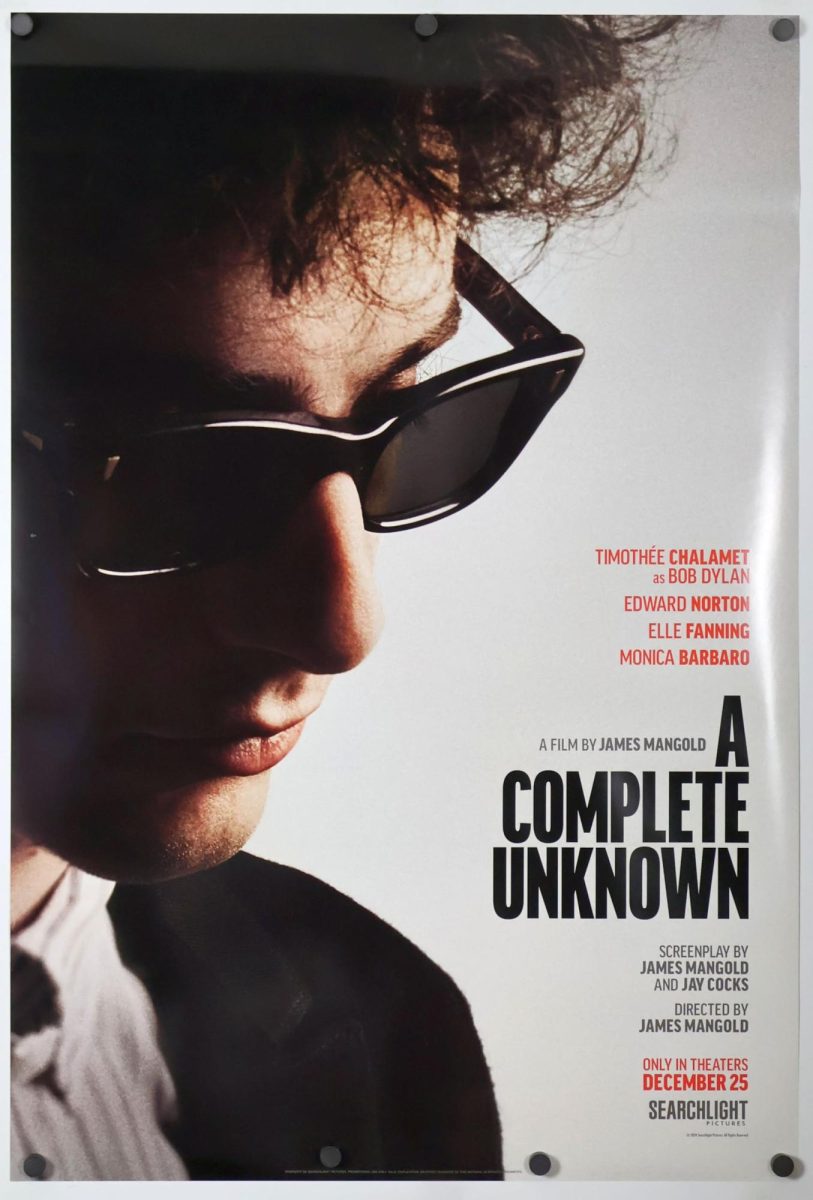
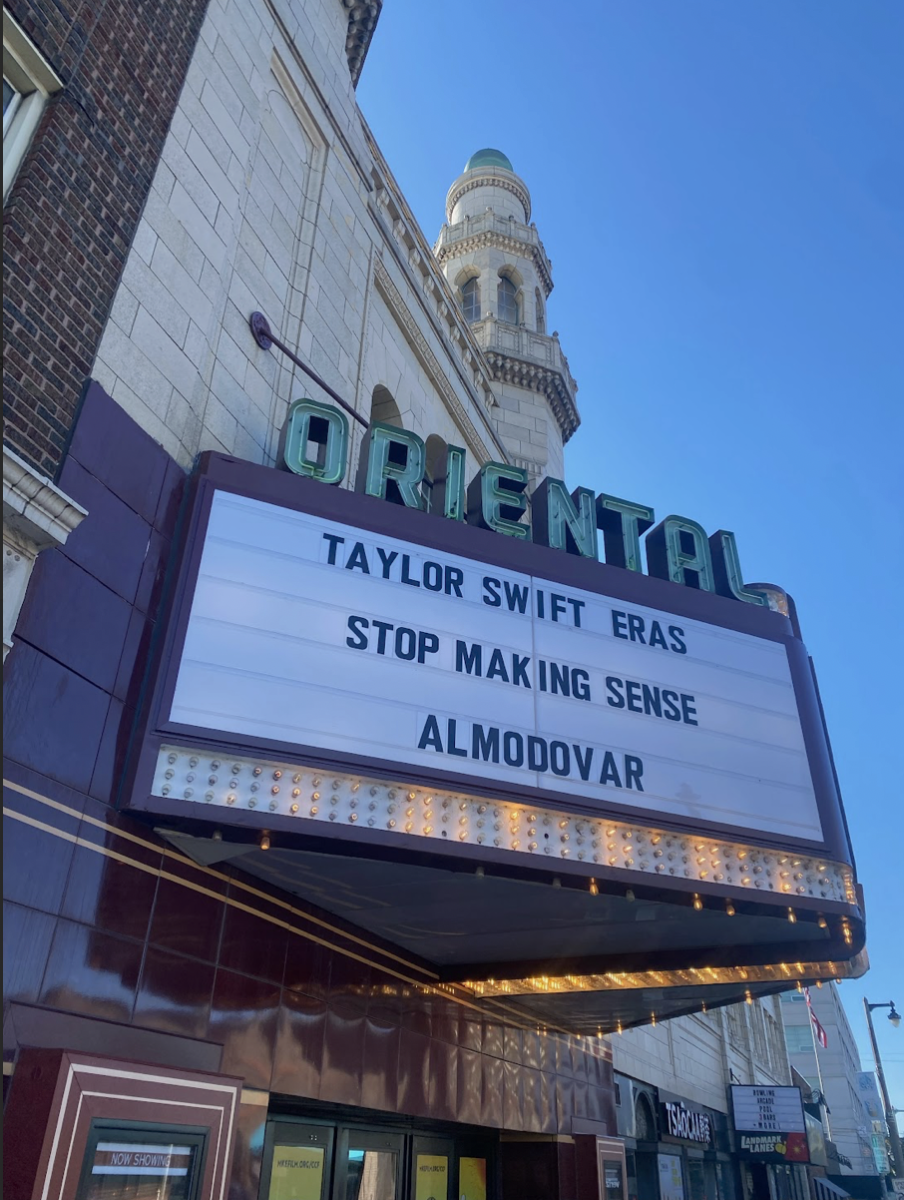
Kofi • Oct 24, 2014 at 2:48 pm
I have not seen this movie for decades and I am still thinking about it. Great review, it makes me want to watch this movie this weekend. Thanks.